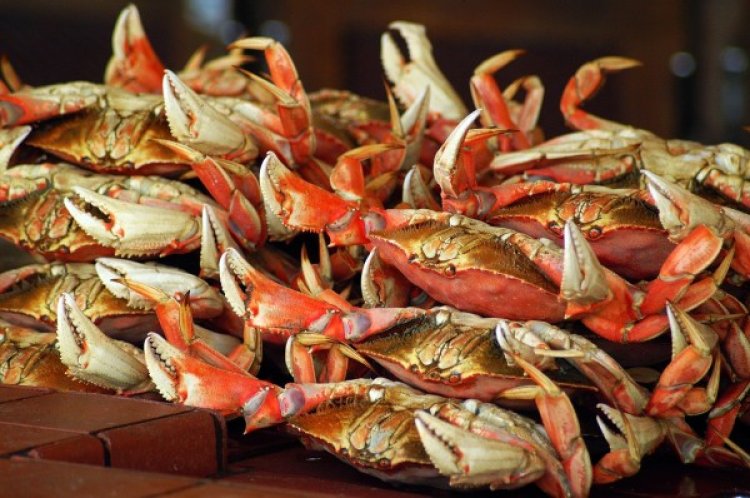Researchers find how fiber from crustaceans, insects, mushrooms promote digestion

Washington, US: A crunchy critter's digestion begins with the noisy grinding of its tough protective covering - the exoskeleton. According to a new study in mice conducted by Washington University School of Medicine in St. Louis, the hard cover may be beneficial to metabolism.
The researchers, led by Steven Van Dyken, PhD, an assistant professor of pathology and immunology, discovered in mice that eating chitin, a dietary fibre present in insect exoskeletons, mushrooms, and crustacean shells, activates the immune system. An active immune response has been associated with decreased weight gain, lower body fat, and resistance to obesity.
“Obesity is an epidemic,” Van Dyken said. “What we put into our bodies has a profound effect on our physiology and on how we metabolize food. We're investigating ways to counteract obesity based on what we learn about how the immune system is engaged by diet.”
The study is published Sept. 7 in Science.
The immune system is well known for safeguarding the body against various threats, including bacteria, viruses, allergens and even cancer. The researchers found that a particular arm of the immune system also is involved in chitin digestion. Stomach distention after chitin ingestion activates an innate immune response that triggers stomach cells to ramp up production of enzymes, known as chitinases, that break down chitin. Of note, chitin is insoluble — incapable of being dissolved in liquid — and thus requires enzymes and harsh acidic conditions to digest.
Do-Hyun Kim, PhD, a postdoctoral research associate and first author on the study, performed the experiments in germ-free mice lacking intestinal bacteria. His results show that chitin activates immune responses in the absence of bacteria.
“We think chitin digestion mainly relies on the host’s own chitinases,” Van Dyken said. “The stomach cells change their enzymatic output through a process we refer to as adaptation. But it is surprising that this process is happening without microbial input, because bacteria in the gastrointestinal tract are also sources of chitinases that degrade chitin.” Van Dyken noted that in mice with intestinal bacteria, dietary chitin altered the bacterial composition in the lower gastrointestinal tract, suggesting that gut bacteria also adapt to chitin-containing food after it leaves the stomach.
The research team found that the greatest impact on obesity in mice occurred when chitin activated the immune system but was not digested. Mice fed a high-fat diet also were given chitin. Some mice lacked the ability to produce chitinases to break down chitin. The mice that ate chitin but couldn’t break it down gained the least amount of weight, had the lowest body fat measurements and resisted obesity, compared with mice that didn’t eat chitin and with those that did but could break it down.
If the mice could break down chitin, they still benefited metabolically, but they adapted by overproducing chitinases to extract nutrients from chitin.
Van Dyken and his team next plan to follow up on their findings in people, with a goal of determining whether chitin could be added to human diets to help control obesity.
“We have several ways to inhibit stomach chitinases,” he said. “Pairing those approaches with a chitin-containing food might have a very real metabolic benefit.”















































